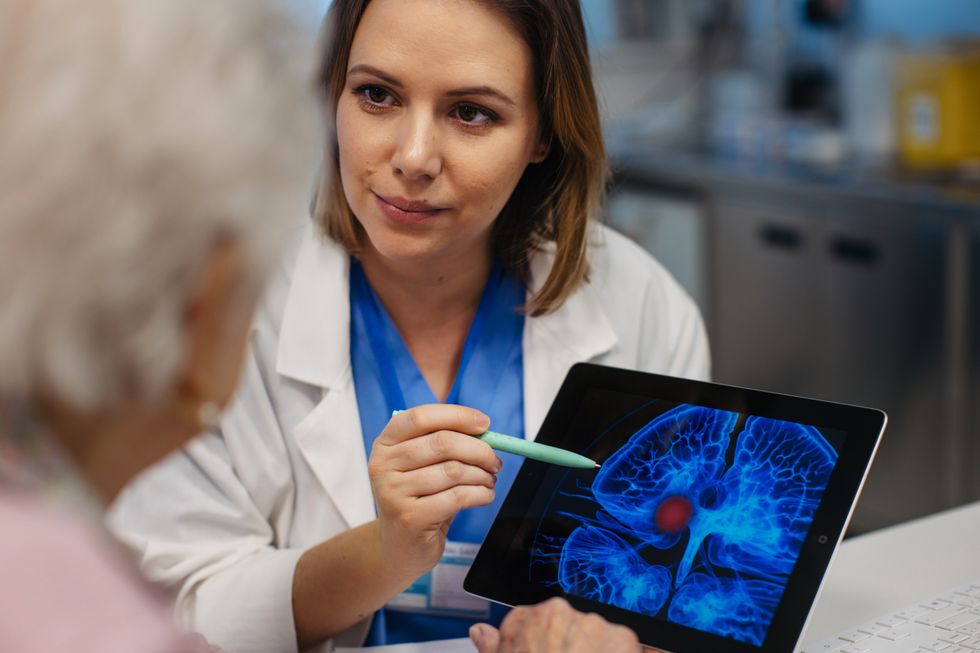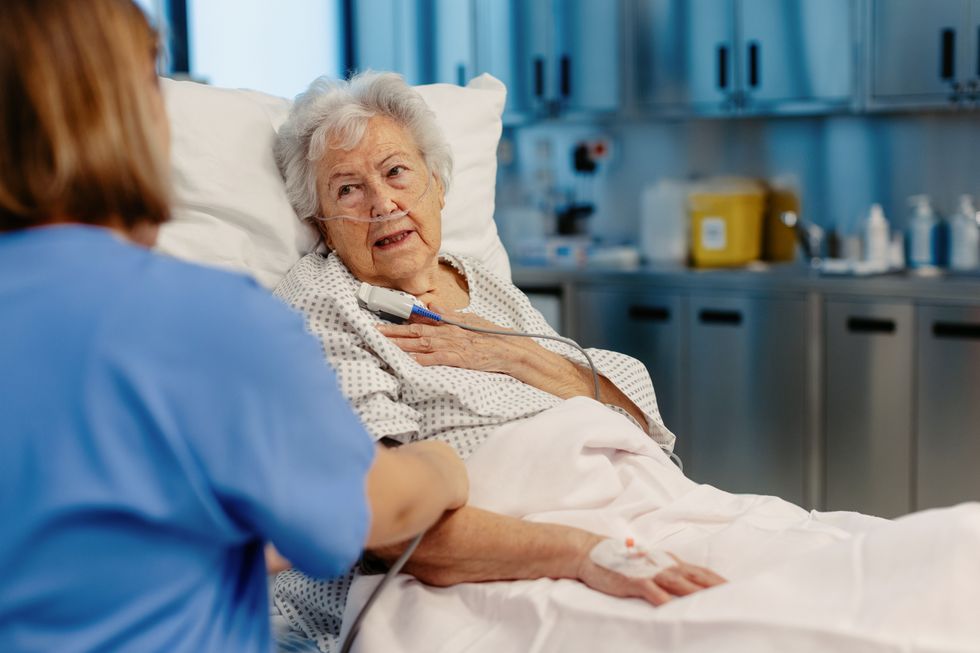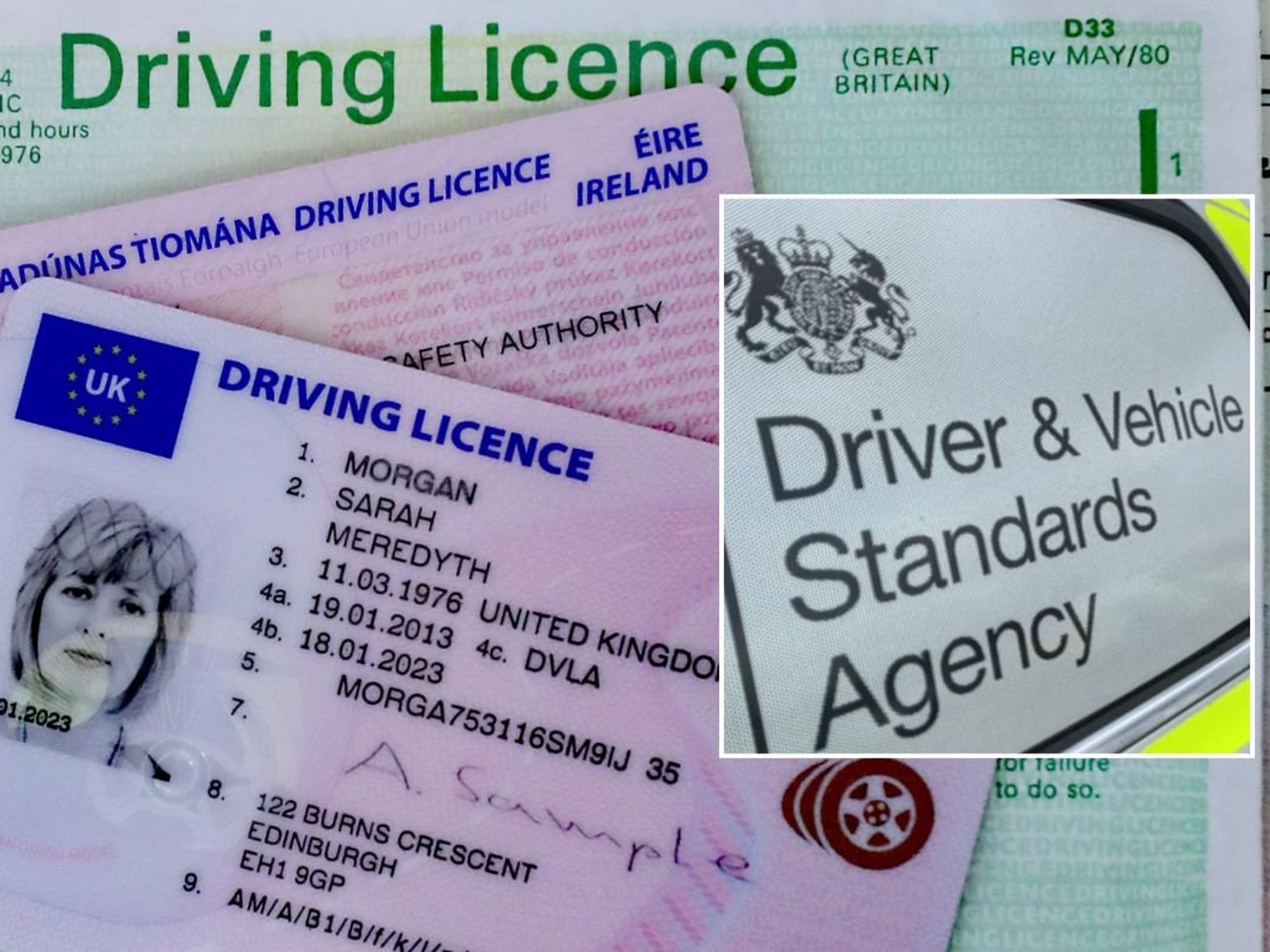New drug offers hope to stroke patients by doubling intervention window
Strokes can occur at any age, so it's important to be aware of symptoms to ensure you act as soon as possible
Don't Miss
Most Read
A drug has been developed that could transform stroke treatment by extending the critical intervention window from three to six hours, scientists have revealed.
As those who suffer from a stroke face a crucial race against time, treatment must start as soon as possible after symptoms appear. Otherwise, millions of brain cells could die.
Offering hope to stroke sufferers, a research group has developed GAI-17, which works by preventing a protein from forming toxic clumps that kill brain cells during strokes.
The drug showed remarkable results in laboratory mice, significantly reducing brain damage and paralysis even when administered six hours after stroke onset.

Researchers at Osaka Metropolitan University have developed a drug that offers hope to stroke patients
|GETTY
The research group was led by Professor Hidemitsu Nakajima from the Graduate School of Veterinary Science at Osaka Metropolitan University.
The primary symptoms associated with strokes can occur suddenly, including weakness across facial muscles and arm muscles, as well as difficulty with speech. The memorable acronym that comes with the symptoms is Fast (Face, Arms, Speech, Time to call 999), the NHS advises.
Other lesser-known indicators include weakness and numbness across one side of the body, blurred vision or loss of sight in one or both eyes, finding it hard to speak or think of words, overall confusion, memory loss, dizziness, and nausea.
During a stroke, oxygen deprivation causes the normally beneficial protein GAPDH (glyceraldehyde-3-phosphate dehydrogenase) to malfunction and stick together through chemical bonds.
This latest breakthrough could potentially help countless patients who currently arrive at the hospital too late for existing treatments, which must be given within 4.5 hours for clot-busting drugs or six hours for mechanical clot removal procedures.
LATEST DEVELOPMENTS:
- 'I suffered a stroke at 24 and didn't experience the classic symptoms - the condition looks different for everyone'
- 'Invisible threat' claims thousands of lives worldwide as 'overlooked' epidemic behind more than 100 deaths per hour, WHO warns
- Stroke warning as widespread UK condition affecting 'most adults' linked to 22% risk increase
These protein clumps then invade mitochondria, the cell's powerhouses, causing them to fail and ultimately killing brain cells. GAI-17 specifically targets this aggregation process without interfering with GAPDH's normal energy-production functions.
The three-amino-acid peptide binds near the protein's aggregation-prone site, preventing the formation of these deadly clusters.
Lead researcher Hidemitsu Nakajima discovered that GAPDH aggregation occurs before brain tissue dies, suggesting it might be a cause rather than merely a consequence of stroke damage.
The research team tested GAI-17 on mice with acute ischaemic strokes, the most common type affecting 87 per cent of stroke patients. Mice treated with the drug showed 45 per cent smaller areas of brain damage compared to untreated animals.

It is critical to act as soon as possible after experiencing stroke symptoms to minimise brain damage
|GETTY
Crucially, GAI-17 demonstrated no concerning side effects on heart rate, blood pressure, or cerebral blood flow — critical safety factors for stroke treatments. The drug also didn't interfere with GAPDH's essential metabolic functions.
However, the compound's effectiveness has limits. When treatment began nine hours post-stroke, researchers found no benefit, suggesting biological constraints on how long brain cells can be rescued after oxygen deprivation.
The research has implications beyond stroke treatment. GAPDH aggregation occurs in Alzheimer's disease, Parkinson's disease, and other neurodegenerative conditions where oxidative stress damages brain cells.
"The GAPDH aggregation inhibitor we have developed is expected to be a single drug that can treat many intractable neurological diseases, including Alzheimer's disease," stated professor Nakajima.
"Going forward, we will verify the effectiveness of this approach in disease models other than stroke and promote further practical research toward the realisation of a healthy and long-lived society."










